Get Started for FREE
Sign up with Facebook Sign up with X
I don't have a Facebook or a X account
 Your new post is loading... Your new post is loading...
 Your new post is loading... Your new post is loading...

Audrey's comment,
February 19, 2013 3:00 PM
This idea is very Piagetian: An example of confusion would be disequilibrium. It is at this point that you will begin to master something which you found difficult, or was confused about. So at the point of confusion or disequlibrium you must distance yourself from the problem and return to it later. Your brain will have absorbed the material and worked it out. You are now at the stage of equilibrium.

Nuno Magalhães Ribeiro's curator insight,
January 21, 2013 10:26 AM
Uma ferramenta interessante para suportar o desenvolvimento multimédia diretamente no GoogleDocs.

Channylt's curator insight,
April 7, 2014 10:56 AM
Great tips on how to facilitate collaborative learning. Learners that work collaborativley are engaged in their learning and have better learning outcomes. 
Marina Cousins's curator insight,
April 10, 2014 8:06 PM
I liked this article, as it highlighted to me the importance of collaborative learning is much better than individual learning. As I have mentioned several times, the learning and assessment that takes place within my workplace has a strong behaviourist foundation of learning and repeating key words and actions to pass an assessment (it is a very individual approach to learning).
Many of my colleagues view this experience of learning & assessment in a negative way. What are some of the ways to overcome this negative view of learning?
After reading this article, I will seriously consider using a collaborative learning style within my workplace (if I get the opportunity). The advantage of using real world problems or clinical incidents is that it offers the learner the opportunitity to improve their critical thinking skills and problem-solving ability.
Therefore, by using collaborative learning you can apply the following learning theories of cognitivism, constructivism, objectivism. 
Hazel Kuveya's curator insight,
April 10, 2014 9:22 PM
Keeping the groups at moderate levels will ensure an effective exchange of ideas and participation in all involved, I can echo the same statement that two heads are better than one. It is also interesting to learn that collaborative teams attain higher level thinking and preserve information for longer periods as compared to their individual counterparts., yes the use of technology makes collaborative learning manageable. |
Sydney Rardin's curator insight,
March 18, 2013 2:18 PM
If you take a minute to read this article, it's very interesting to read how Finland has rised to the top.

John McDermott Neill's curator insight,
December 16, 2012 4:01 AM
Some interesting and surprising findings to make us think about our own preconceptions.

Ruth Virginia Barton's curator insight,
February 13, 2015 10:37 AM
"Instead of saying to students, “Pay attention!” what you really want to say is, “Suppress interesting things!” Why? Students already DO pay attention." The point being, prolonged attention paying is a learned skill, practiced. Intersperse teaching with stand-up breaks, quick physical activity. Create "hooks' for attention - previews - and offer rewards - like homework free pass this month - for students who get it right; helps them be invested in topic |



![The First Infographic Made by Kids! [National Library Week] | Eclectic Technology | Scoop.it](https://img.scoop.it/RtjNzj-iyGluEhY4ygVD9zl72eJkfbmt4t8yenImKBVvK0kTmF0xjctABnaLJIm9)



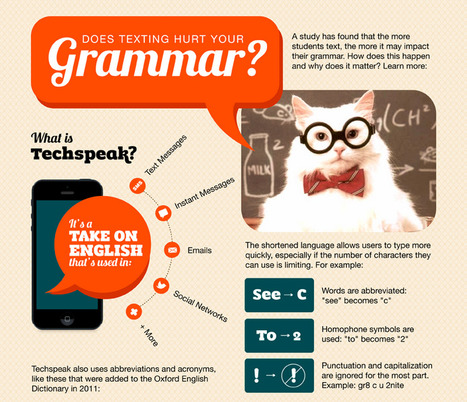
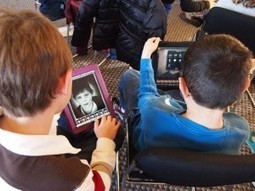


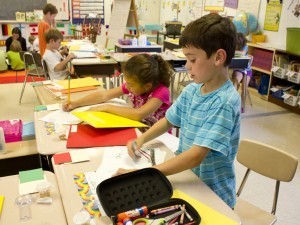
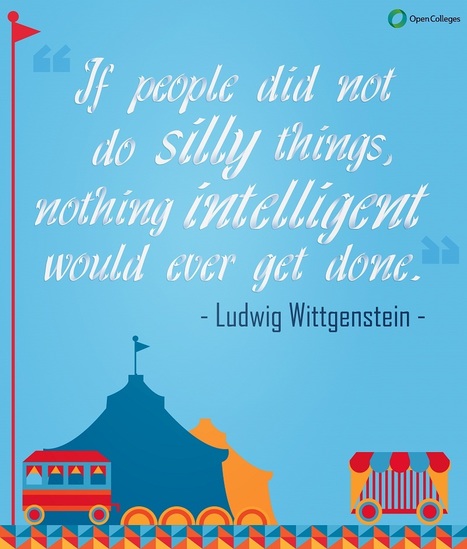
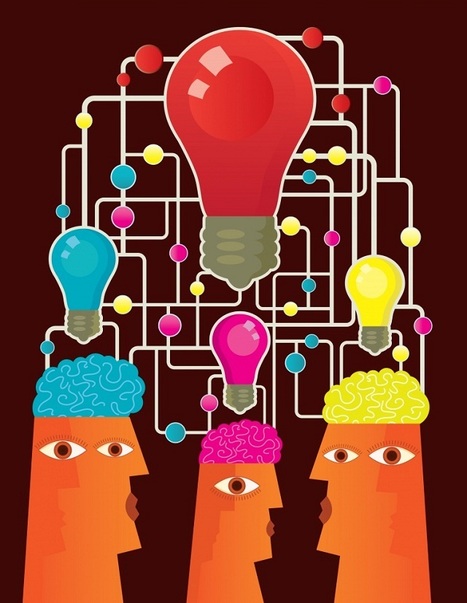

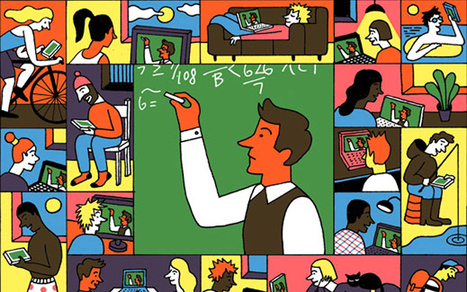
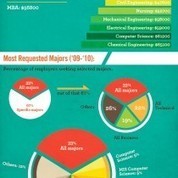


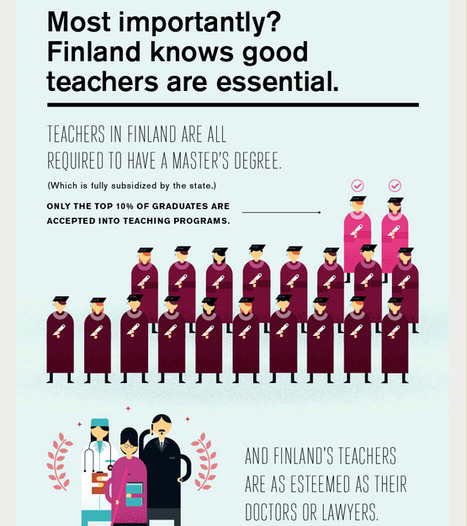
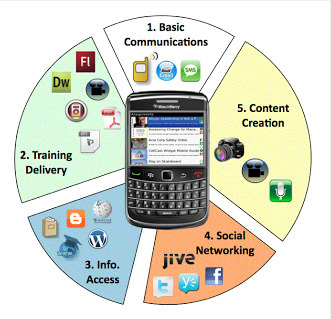
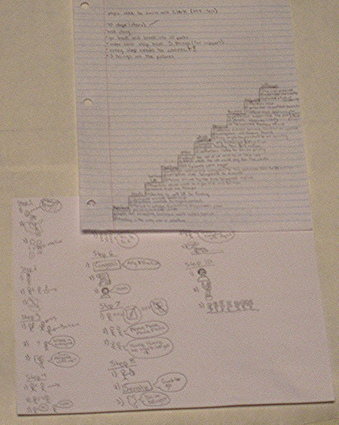


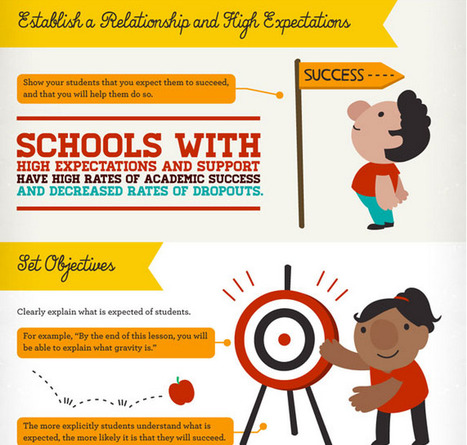

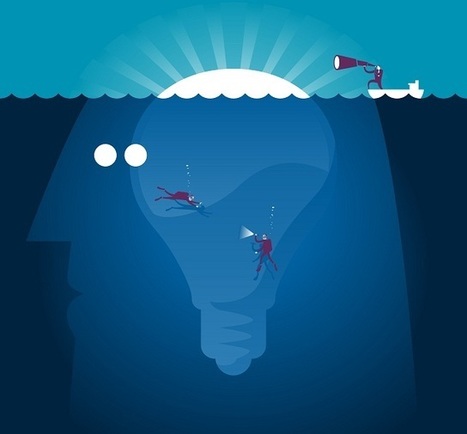

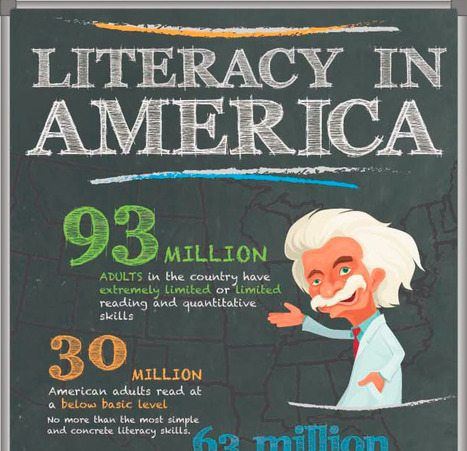








Take a look at this infographic that was created by surveying over 1,000 students in grades K - 5. They were asked to identify their favorite fictional characters, the easiest and hardest subjects in school, what they want to be when they grow up, reading preference - tablet or book, top three favorite things about school and more! Drawing on the infographic were also drawn by kids.